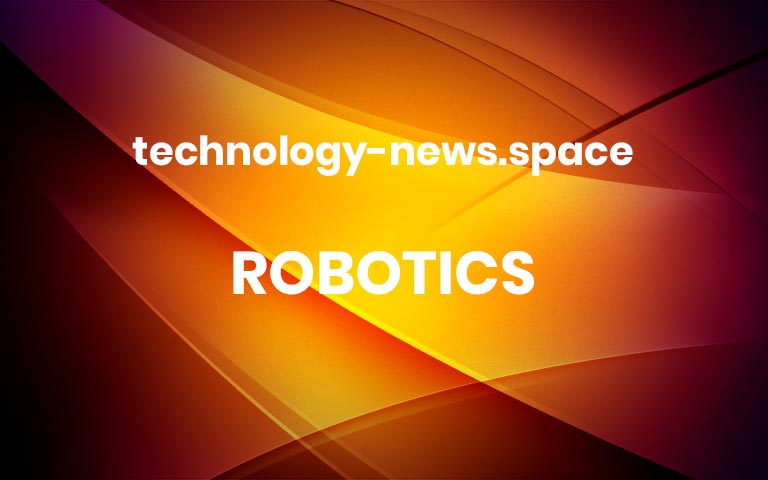Galaxy Z Fold 6 and Galaxy Z Fold 7 Prakhar Khanna/ZDNETSamsung’s Galaxy Z Fold 7 is arguably the biggest upgrade to its foldable phone lineup in years. In fact, it is the lightest book-style foldable available on the market right now. I went hands-on with the new Galaxy Z Fold 7, and this is the Samsung upgrade I’ve waited years for. The device is thin, light, and has a wider coverscreen, one that’s closer to a slab phone’s aspect ratio. Also: Everything announced at Samsung Unpacked: Galaxy Z Fold 7, Flip 7, Watch 8 Series, moreBut these upgrades come with a price hike. The Galaxy Z Fold 7 will cost you $2,000 for the base variant. If you can get the last-gen Galaxy Z Fold 6 for less than $1,500, should you buy that device instead? Or, if you’re a Fold 6 user, should you upgrade to the new Galaxy Z Fold 7? I’ve used both, and here’s what you need to know about the two Samsung foldables.SpecificationsSamsung Galaxy Z Fold 7Samsung Galaxy Z Fold 6Display6.5-inch AMOLED with 120Hz and 8-inch AMOLED with 120Hz refresh rate6.3-inch AMOLED with 120Hz and 7.6-inch AMOLED with 120Hz refresh rate Weight215g239gProcessorQualcomm Snapdragon 8 Elite for GalaxyQualcomm Snapdragon 8 Gen 3 for GalaxyRAM/Storage12GB RAM with 256GB/512GB/1TB12GB RAM with 256GB/512GB/1TB Battery4,400mAh with 25W charging4,400mAh with 25W charging Camera200MP main, 12MP ultrawide and 10MP telephoto; 10MP on cover screen and 10MP on the folding screen50MP main, 12MP ultrawide and 10MP telephoto; 10MP on cover screen and 4MP under displayGalaxy AIYesYesPrice$2,000$1,900You should buy the Samsung Galaxy Z Fold 7 if… More


